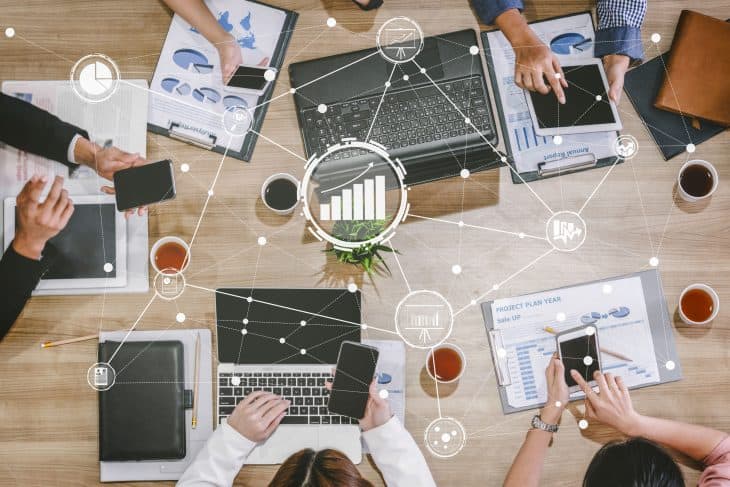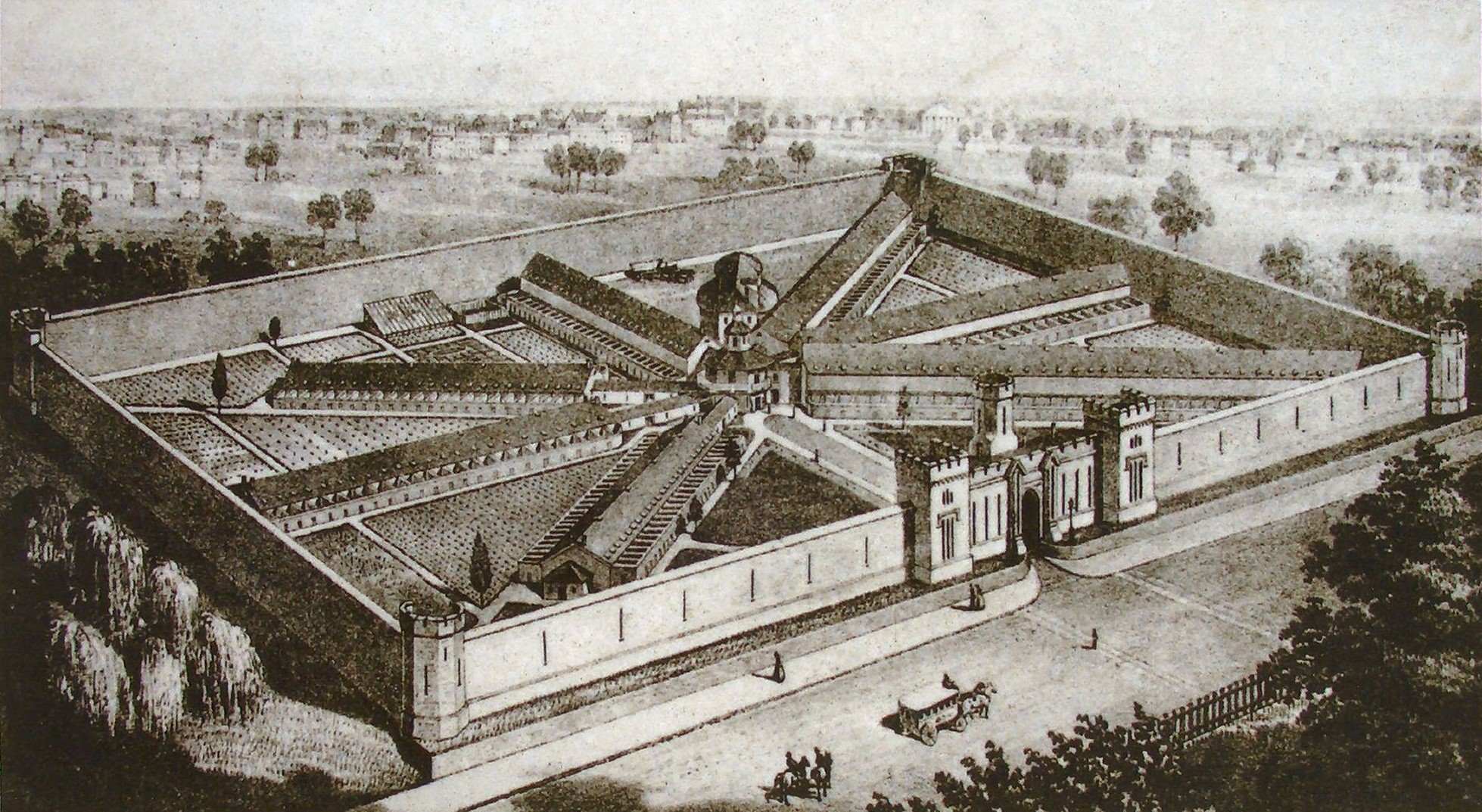
Our technology facts will tell you how inventions and innovations make our lives easier. Learn more about the pros and cons as well as the people behind these developments.
Quick Facts
Essential Facts
Interesting Facts
- There are 3.8 billion internet users every day.
- On average, each person has 2 to 8 networked gadgets.
- Approximately 8 billion gadgets connect on the internet every day.
- The desktop internet usage is falling while the mobile internet is rising.
- The invention of the internet is credited to computer scientists Vinton Cerf and Bob Kahn.
- Close to 1 million websites are born every day.
- Google has 3.8 million searches every minute, and it’s growing.
- Internet privacy is becoming a big issue. Therefore, some choose to stay away from heavy social media.
- As the years go by, more and more job traditional jobs will disappear. Instead, robots are poised to replace human work.
- Computer programming is currently one of the fastest-growing professions in the technology industry.
- Every month, hackers release around 6,000 computer viruses.
- “Non-human” intervention creates around 50% of internet traffic.
- Hacking programs, spammers and malicious phishing takes 30% of the internet traffic.
- The Dvorak keyboard was designed to make typing much faster. However, the QWERTY keyboard became much more popular.
- Christopher Latham Sholes designed the arrangement of characters on a QWERTY keyboard.
- 25% of mobile apps are gaming apps.
- 24 hours of video is uploaded to YouTube every minute.
- Since the launch of the popular mobile game, Candy Crush, in 2012, players have spent a total of 73 billion hours (equivalent to 8.3 million years) playing this game.
- There are more than 200,000 robots working in the Amazon warehouse, together with hundreds and thousands of human workers.
- Bitcoin reached its highest price of $64,863 in April 2021.
Table of Contents
Was this page helpful?
Our commitment to delivering trustworthy and engaging content is at the heart of what we do. Each fact on our site is contributed by real users like you, bringing a wealth of diverse insights and information. To ensure the highest standards of accuracy and reliability, our dedicated editors meticulously review each submission. This process guarantees that the facts we share are not only fascinating but also credible. Trust in our commitment to quality and authenticity as you explore and learn with us.


